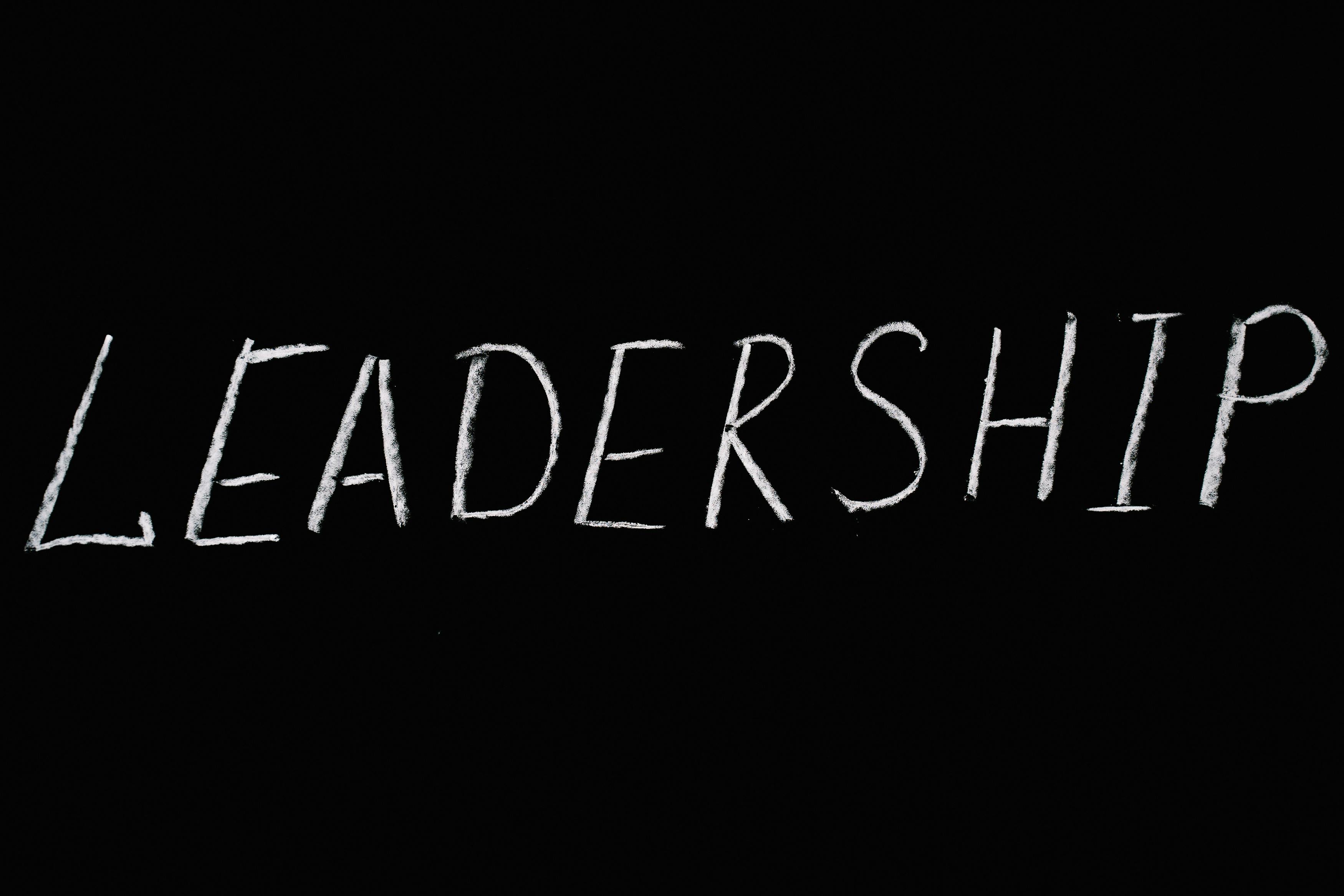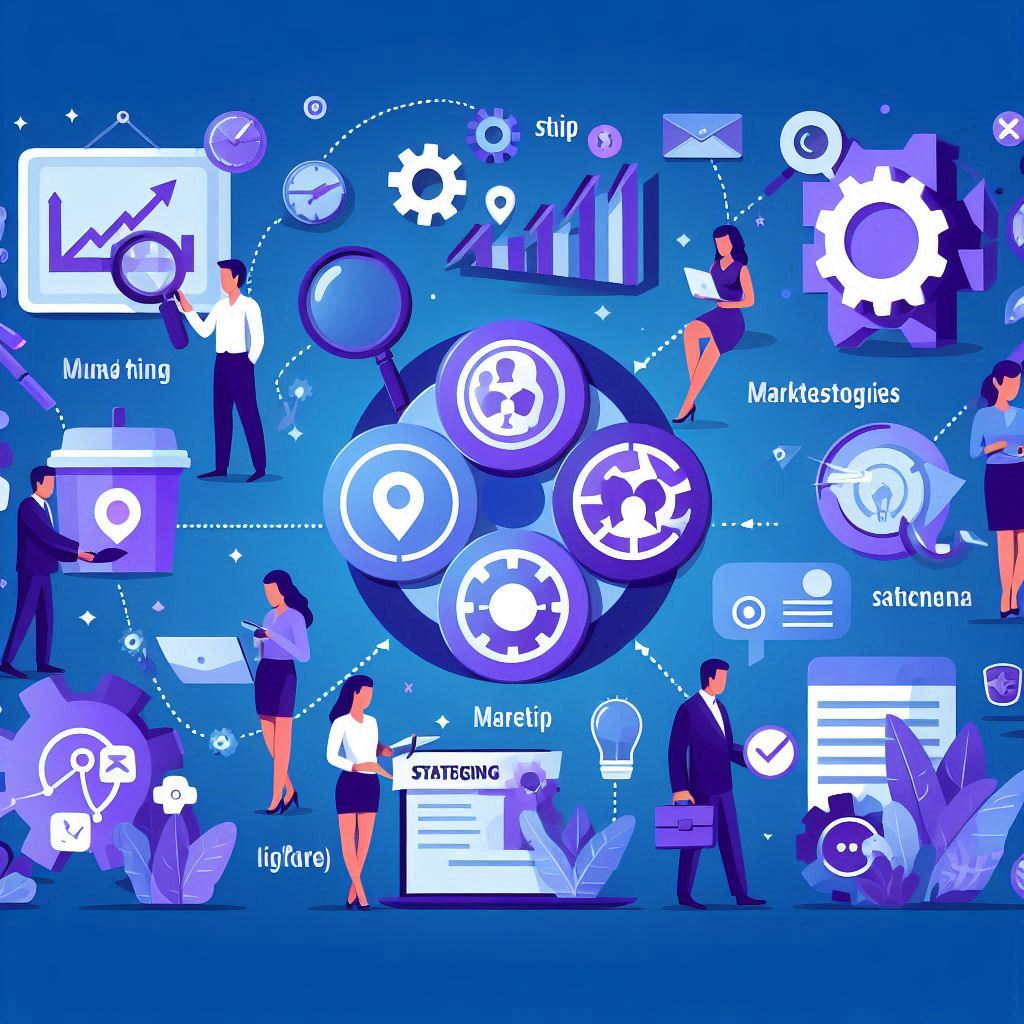Talent Acquisition and Development: Mastering the Balance for Organizational Growth
In the dynamic landscape of human resources, the balance between talent acquisition and talent development stands as a critical strategy for organizational growth. This post delves into how companies can navigate the fine line between attracting new talent and nurturing existing employees to achieve sustainable success.
Talent Acquisition: The Foundation of a Thriving Workforce
Talent acquisition serves as the cornerstone of building a robust workforce, enabling companies to inject fresh skills, perspectives, and energy into their teams. It’s about strategically identifying and attracting individuals who not only possess the necessary skills but also align with the company’s culture and long-term goals. However, the journey doesn’t stop with hiring; it’s equally important to consider how these talents will grow and evolve within the organization.
Talent Development: The Key to Retaining and Enhancing Talent
While bringing in new talent is essential, the development of current employees is what truly drives an organization forward. Talent development focuses on enhancing the skills, knowledge, and capabilities of existing employees, preparing them for future challenges and leadership roles. It’s a testament to a company’s commitment to its workforce, fostering loyalty, satisfaction, and ultimately, reducing turnover rates.

Balancing Act: Integrating Talent Acquisition and Development
The integration of talent acquisition and development requires a strategic approach, recognizing that both elements are crucial for long-term success. Companies must ensure that their talent acquisition efforts are complemented by solid development programs, creating a seamless transition from hiring to growth within the organization. This balance not only optimizes workforce capabilities but also signals to both potential and current employees that the company is invested in their career trajectory.
Strategies for Effective Talent Management
To effectively balance talent acquisition and development, companies can adopt several strategies. These include creating clear career pathways, offering continuous learning opportunities, and establishing mentorship programs. Additionally, leveraging performance management systems to identify development needs and potential leaders can align talent management with organizational objectives.
Measuring the Impact of Talent Acquisition and Development
The impact of a balanced talent acquisition and development strategy can be measured through various metrics, including employee engagement scores, retention rates, and succession planning effectiveness. Regularly assessing these metrics allows companies to refine their talent management practices, ensuring they remain aligned with both employee aspirations and business goals.
In Conclusion: The Future of Talent Management
In conclusion, mastering the balance between talent acquisition and development is essential for nurturing a workforce that is not only skilled but also engaged and loyal. By investing in both attracting new talent and developing existing employees, companies can create a dynamic and sustainable workforce capable of driving organizational growth. As the business landscape continues to evolve, this balanced approach to talent management will remain a key differentiator for companies seeking to thrive in the competitive market.
Learn how to navigate and overcome global hiring challenges to achieve talent acquisition excellence by exploring our detailed post, “Talent Acquisition Excellence in the Global Arena: Overcoming Hiring Hurdles.”









